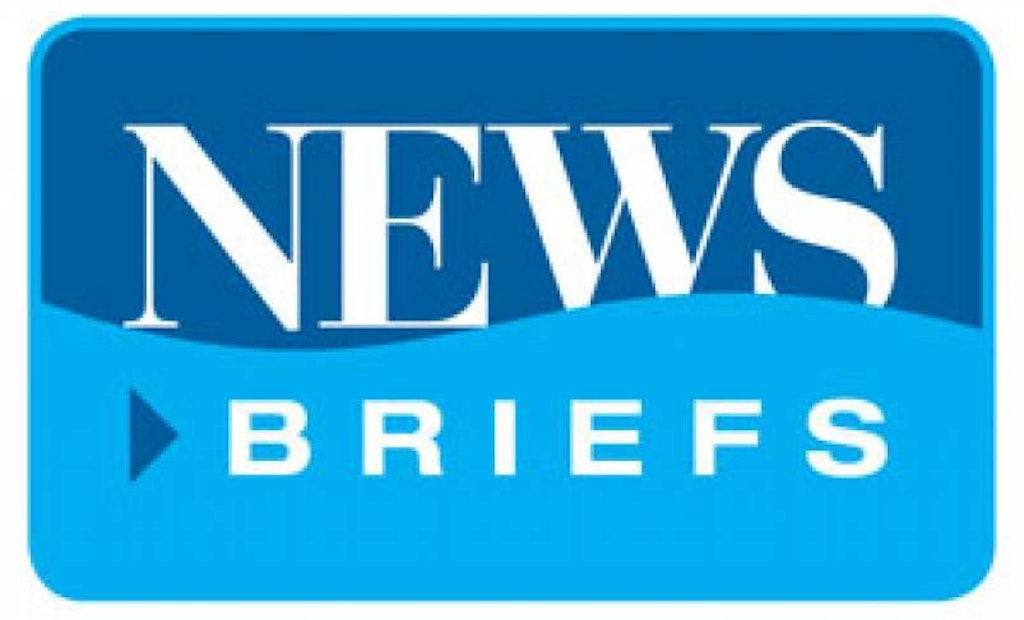Interested in Infrastructure?
Get Infrastructure articles, news and videos right in your inbox! Sign up now.
Infrastructure + Get AlertsA southern Louisiana city is using new underground radar technology to identify issues with its underground infrastructure that have carried over from the Hurricane Katrina aftermath and been undetected up to this point.
Louisiana Tech University’s Trenchless Technology Center developed the tool, a pipe-penetrating scanning system that uses ultra-wide band (UWB) pulsed radar and can be mounted on existing inspection robots.
“Our UWB technology was based on recognizing the need within the trenchless industry for an advanced pipeline inspection tool that can quantify the structural integrity of buried municipal pipes like sewers and storm drains, and be able to see through the pipe wall,” Dr. Arun Jaganathan, an associate professor at the university who headed up the project, told The News Star. “The radar system emits ultra-short electromagnetic pulses from inside of a sewer pipe and captures the signals ‘back-scattered’ from the pipe to determine the condition of various layers hidden behind the wall which we cannot directly see using visual tools such as a camera.”
The city of Slidell is taking advantage of the technology’s capabilities, using it to identify voids in the soil surrounding its underground infrastructure. A Slidell city council member, and Louisiana Tech alum, first learned about the technology during a tour of the university in 2010.
“At that time, Louisiana Tech’s radar technology was still in the developmental stages, but the research team said that if the innovation provided useful in lab tests, Slidell would be used as a beta site in actual field studies,” says Jay Newcomb.
Newcomb says he and his fellow officials were aware to some extent of the underground infrastructure problems that plagued Slidell and surrounding communities in the aftermath of Hurricane Katrina. But it wasn’t until seeing the results of the UWB technology that they realized they could have quantifiable evidence of the full scope of that damage.
That hard evidence has helped the city secure $75 million in Federal Emergency Management Agency funds to begin restoring the compromised pipes.
“Our FY2017 total budget for the city of Slidell is just under $43 million. We have almost two whole budgets to spend on streets, drainage and sewer thanks to the collective efforts of many, beginning with the research conducted by Louisiana Tech University,” says Newcomb.
Source: The News Star
Kansas City Water Customers Get Help Fixing Improper Connections
A Missouri water utility is launching a new program to eliminate improper private plumbing connections that allow stormwater to infiltrate and overburden its sanitary sewer system. And for Kansas City Water Services’ customers the only cost is their time.
“This program is really a partnership between Kansas City Water and property owners. Property owners in the program areas have an opportunity to have their improper connections fixed at no cost,” said utility director Terry Leeds in a Kansas City Star report.
The program, dubbed Keep Out the Rain KC, intends to evaluate exterior and interior plumbing connections, such as downspouts and sump pumps, for 55,000 properties over the course of six years. Factors like how much water will be diverted away from the sewer system will be considered and the most cost-effective repairs will be taken care of by licensed plumbers prequalified to participate in the program.
Source: Kansas City Star
Study Says Leaky Pipes Lead to Illegal Drugs Infiltrating Baltimore Waterways
According to a new study, illegal drugs are infiltrating the city of Baltimore’s waterways, and it’s having an effect on aquatic life. The source of the problem? Aging water infrastructure is one possibility.
“They are likely coming down through leaks in the sewer,” says Emma Rosi-Marshall, an ecologist at the Cary Institute of Ecosystem Studies and one of the study’s co-authors, in a CNN article. “It also has been shown that the drugs can be released from wastewater treatment plants that are not necessarily designed to remove these compounds.”
The study examined six streams in and around Baltimore for the presence of drugs, such as methamphetamine and amphetamine, and found varying levels of residue. It was particularly high in waterways in urban settings. To measure the potential impact on aquatic life, researchers also created an artificial stream and exposed it to the same level of drug residue they found in the natural waters. After a few weeks, the growth of biofilms was suppressed, bacterial life changed, and bugs developed more quickly, according to the study.
The human health effect is unknown, but there’s cause for concern since plants and bugs are at the base of the aquatic food chain, researchers say. According to the CNN report, past studies have looked at the presence of drugs in water, but this was one of the first to focus on illegal drugs.
Source: CNN






